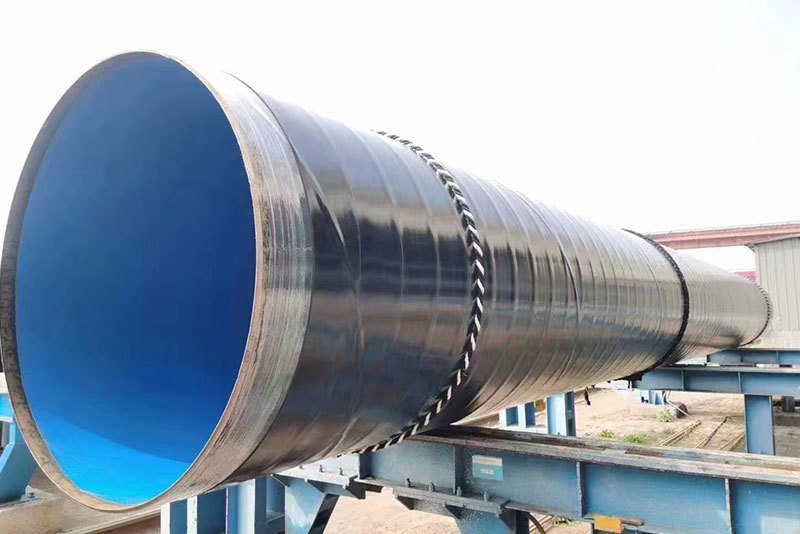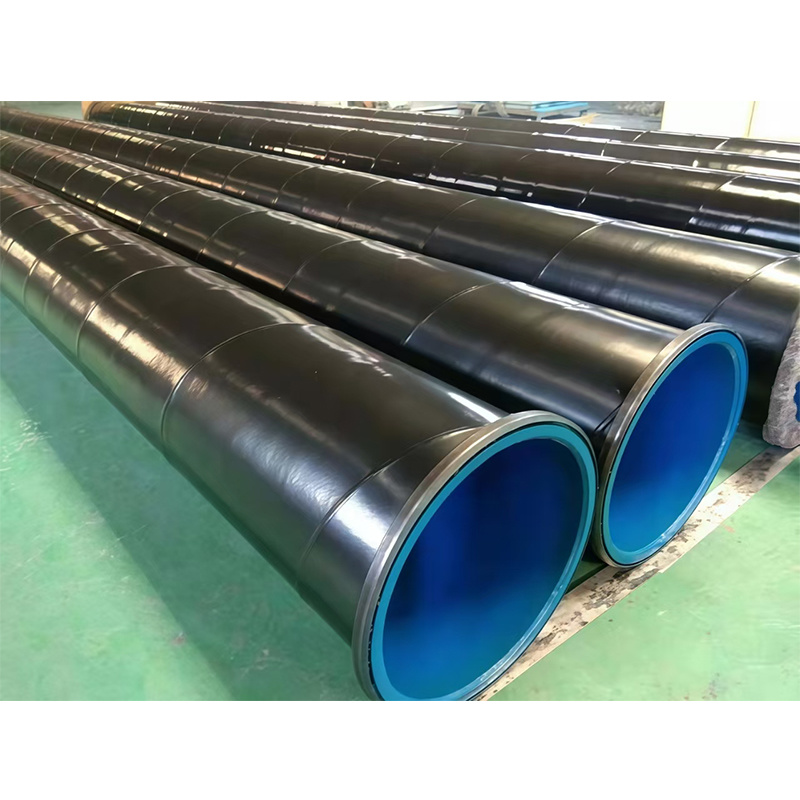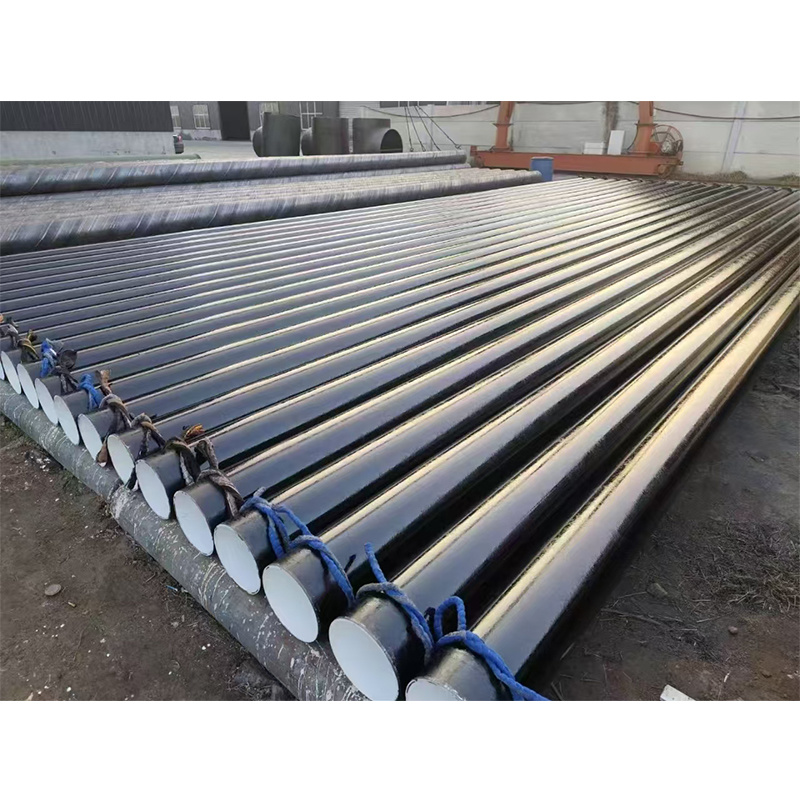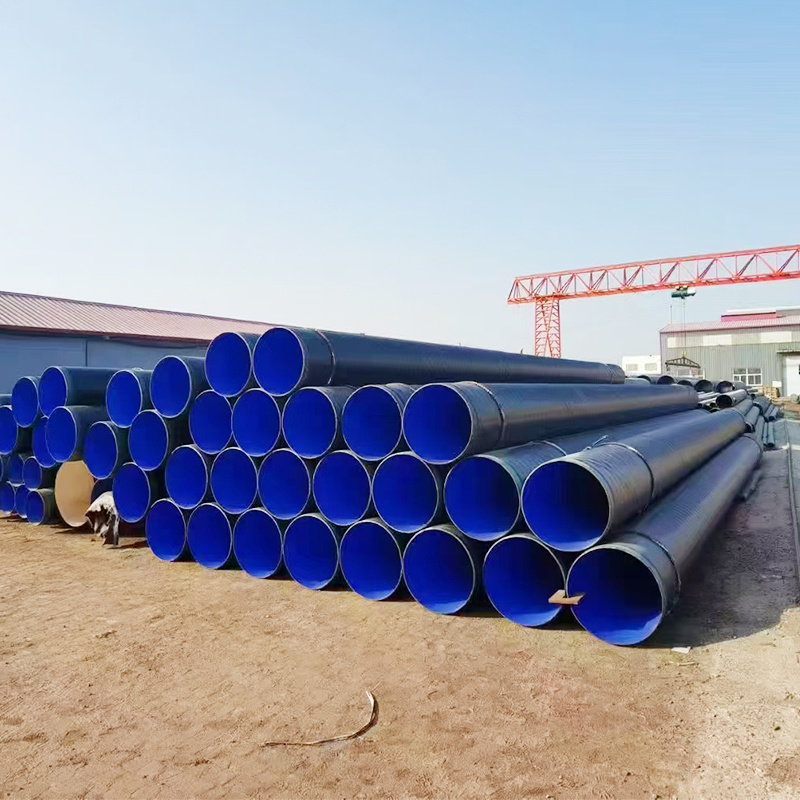Why Choose Red Painted Steel Pipes for Your Construction Projects?
May 01,2025
Why Choose Red Painted Steel Pipes for Your Construction Projects?
Understanding Red Painted Steel Pipes
Red painted steel pipes have gained significant traction in the construction industry for their unique combination of aesthetics and functionality. These pipes are not just ordinary steel pipes; they are specifically designed to withstand harsh environmental conditions while adding a striking v

Why Choose Red Painted Steel Pipes for Your Construction Projects?
Understanding Red Painted Steel Pipes
Red painted steel pipes have gained significant traction in the construction industry for their unique combination of aesthetics and functionality. These pipes are not just ordinary steel pipes; they are specifically designed to withstand harsh environmental conditions while adding a striking visual appeal to any project.
The Benefits of Using Red Painted Steel Pipes
When it comes to selecting materials for construction, the choice of piping can have far-reaching implications. Below we delve into the primary benefits of using red painted steel pipes in your construction projects.
1. Enhanced Aesthetic Value
In construction, appearance matters. Red painted steel pipes offer a vibrant color that can enhance the overall look of a project. They can serve as an eye-catching feature or blend seamlessly with other design elements. Whether you are building a modern commercial space or a traditional structure, the visual appeal of red pipes can elevate your project.
2. Exceptional Durability
One of the standout features of red painted steel pipes is their durability. Steel, inherently strong and resilient, is further fortified by the painting process. The red paint not only adds a layer of protection against corrosion but also helps in maintaining the structural integrity of the pipes over time. This durability reduces the need for frequent replacements or repairs, ultimately saving costs in the long run.
3. Resistance to Environmental Factors
Construction projects often face various environmental challenges, including moisture, UV rays, and temperature fluctuations. Red painted steel pipes are designed to withstand these elements, making them suitable for both indoor and outdoor applications. The paint coating acts as a barrier, preventing rust and degradation that can occur in untreated steel.
4. Versatile Applications
Red painted steel pipes are extremely versatile and can be used in a wide range of applications. From plumbing and HVAC systems to structural supports and decorative elements, these pipes can fulfill multiple roles in construction. Their adaptability makes them an excellent choice for diverse project requirements.
5. Cost-Effective Solution
While the initial investment in red painted steel pipes may be slightly higher than traditional materials, their longevity and low maintenance needs translate to significant savings over time. The cost-effectiveness of these pipes becomes evident when considering their durability and resistance to damage.
Technical Specifications of Red Painted Steel Pipes
Understanding the technical aspects of red painted steel pipes is crucial for designers, engineers, and contractors. Here, we explore the specifications that make these pipes a top choice in construction.
1. Material Composition
Red painted steel pipes are typically made from high-quality carbon steel, ensuring a high tensile strength. The steel is treated and coated with a durable red paint, which contributes to its weather resistance.
2. Pipe Sizes and Dimensions
These pipes are available in various sizes and dimensions to accommodate different project needs. Common diameters range from ½ inch to several inches, allowing for flexibility in design.
3. Coating Process
The coating process involves several steps, including surface preparation, application of primer, and the final coat of red paint. This multi-step process ensures that the pipes are not only visually appealing but also durable against environmental factors.
4. Compliance with Standards
Red painted steel pipes are manufactured in compliance with industry standards and regulations. This ensures that they meet safety and quality benchmarks, providing peace of mind for construction professionals.
Installation Considerations for Red Painted Steel Pipes
Proper installation is essential to maximize the benefits of red painted steel pipes. Below, we outline key considerations for installation.
1. Pre-Installation Inspection
Before installation, conduct a thorough inspection of the pipes for any defects or damages. Ensure that the paint coating is intact and free from scratches or chips that may expose the steel underneath.
2. Correct Handling Techniques
Due to their weight, red painted steel pipes require careful handling. Use appropriate lifting equipment and techniques to avoid damaging the pipes during transportation and installation.
3. Joining Methods
Depending on the application, different joining methods can be applied to red painted steel pipes. Options include welding, threading, and coupling. Choose the method that best suits the project's requirements while ensuring a secure and leak-free connection.
4. Post-Installation Maintenance
After installation, regular maintenance checks are vital to ensure the longevity of red painted steel pipes. Inspect for any signs of damage or wear, and address issues promptly to prevent further deterioration.
Choosing the Right Supplier for Red Painted Steel Pipes
Selecting a reliable supplier is crucial for ensuring the quality of red painted steel pipes. Here are some tips for choosing the right supplier.
1. Reputation and Experience
Choose a supplier with a strong reputation and extensive experience in providing red painted steel pipes. Research client reviews and ask for references to gauge their reliability.
2. Quality Assurance
Ensure that the supplier adheres to strict quality control measures. Ask about their manufacturing processes and whether they comply with industry standards.
3. Product Variety
A good supplier should offer a wide variety of red painted steel pipes, including different sizes and specifications to cater to diverse project needs. This flexibility can save time and resources in procurement.
4. Customer Service and Support
Opt for a supplier that provides excellent customer service, including pre-and post-sales support. They should be willing to answer any questions and provide assistance throughout the purchasing process.
Environmental Considerations of Using Red Painted Steel Pipes
Using red painted steel pipes can also align with sustainability goals in construction. Here, we discuss the environmental benefits associated with these pipes.
1. Recyclability
Steel is one of the most recyclable materials globally. Red painted steel pipes can be recycled at the end of their life cycle, reducing waste and environmental impact.
2. Reduced Carbon Footprint
Choosing durable materials like red painted steel pipes can reduce the frequency of replacements and maintenance, which in turn lowers the carbon footprint associated with manufacturing and transportation.
3. Sustainable Manufacturing Practices
Many manufacturers are adopting sustainable practices, including the use of eco-friendly paints and coatings for red painted steel pipes. This further enhances the environmental credentials of using these materials in construction.
Common Misconceptions About Red Painted Steel Pipes
Despite their many advantages, several misconceptions about red painted steel pipes persist. We aim to clarify these misconceptions.
1. They Are Prone to Rust
While untreated steel is indeed susceptible to rust, the paint coating on red painted steel pipes offers considerable protection against corrosion when properly maintained.
2. They Are Only for Aesthetic Purposes
While red painted steel pipes do enhance visual appeal, they also provide functional benefits, including durability and resistance to environmental factors.
3. They Are More Expensive
Although the upfront cost may be higher than some alternatives, the longevity and low maintenance needs of red painted steel pipes often lead to lower overall costs in the long run.
FAQs
1. What are the primary uses of red painted steel pipes?
Red painted steel pipes are commonly used in plumbing, HVAC systems, structural applications, and as decorative elements in construction projects.
2. How do I maintain red painted steel pipes?
Regular inspections for damage, touch-up painting as needed, and cleaning to remove debris can help maintain the integrity and appearance of red painted steel pipes.
3. Are red painted steel pipes more expensive than other types of pipes?
While they may have higher initial costs, their durability and low maintenance needs often result in long-term savings.
4. Can red painted steel pipes be recycled?
Yes, steel is highly recyclable, making red painted steel pipes an environmentally friendly choice at the end of their life cycle.
5. Do red painted steel pipes require special installation techniques?
Proper handling and joining methods are essential for installation. It is advisable to consult with professionals to ensure correct installation techniques are employed.
Conclusion
In conclusion, red painted steel pipes offer a multitude of benefits that make them an exceptional choice for construction projects. Their combination of aesthetic appeal, durability, and environmental sustainability positions them as a versatile option in today's construction landscape. By selecting these pipes, you not only enhance the visual aspects of your project but also invest in materials that will stand the test of time. Whether for residential, commercial, or industrial applications, red painted steel pipes represent a smart and stylish choice that meets the demands of modern construction.
TAG:
Related Posts
Exploring the Benefits of Coated Steel Pipes for Natural Gas Applications in China
Exploring the Benefits of Coated Steel Pipes for Natural Gas Applications in China
Table of Contents
1. Introduction to Coated Steel Pipes
2. The Importance of Coated Steel Pipes in Natural Gas Applications
3. Key Advantages of Coated Steel Pipes
3.1 Enhanced Corrosion Resistance
3.2 Increased Longevity and Durability
3.3 Improved Safety Standards
4. Types of Coatings Used in Steel










